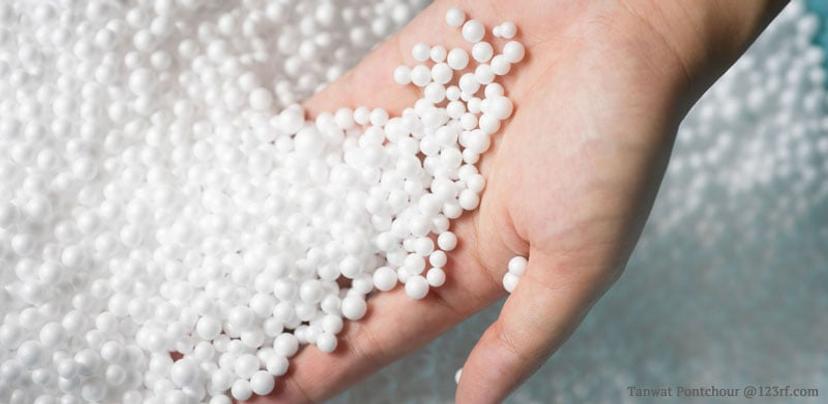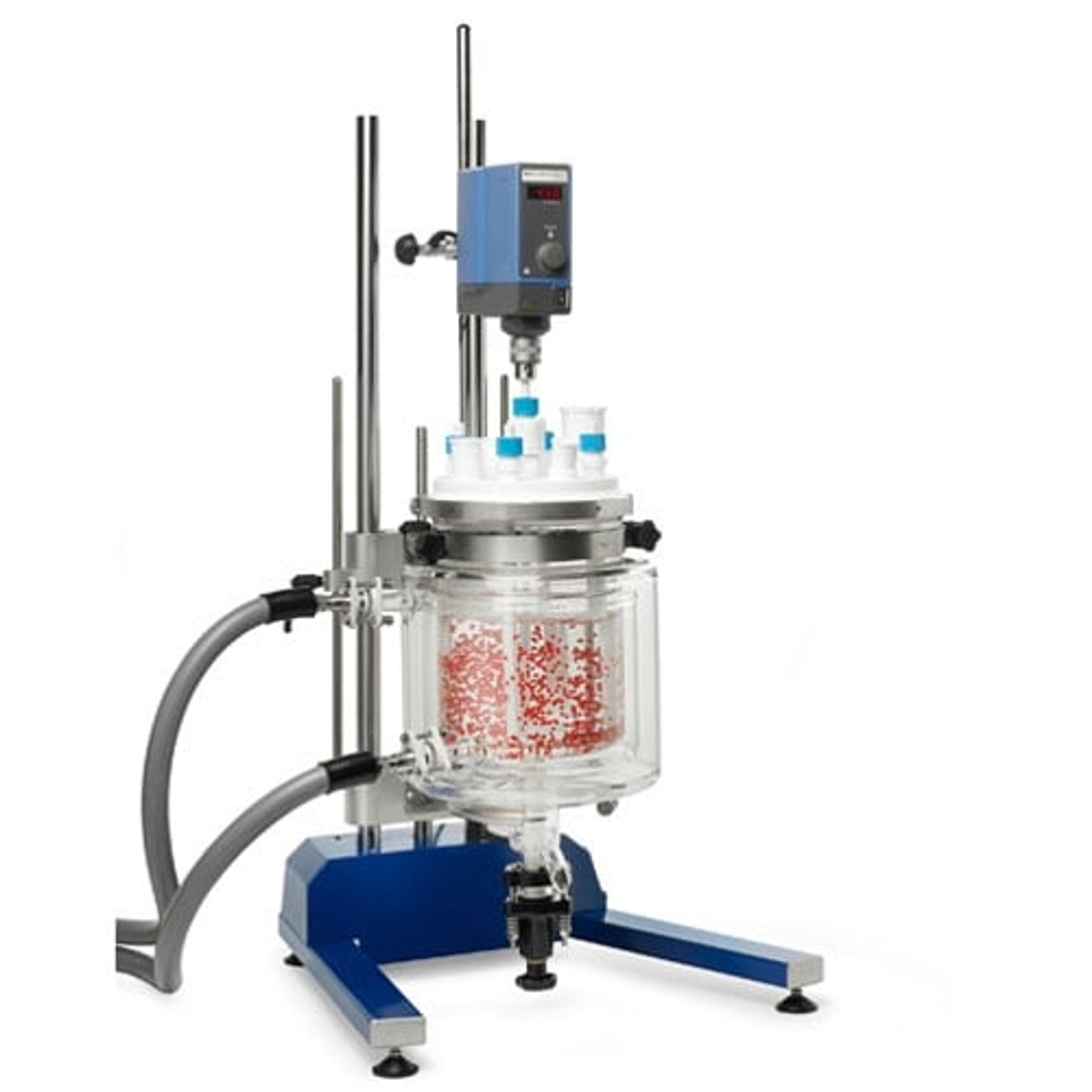NewsMaterials
MATERIALS UPDATE: 7 Developments Changing Polymer Science
From news to application articles, discover the latest advances and methodologies in polymers and plastics
29 Jun 2018
Lui Terry
Administrator / Office Personnel
In recent months there have been some fascinating developments in the polymer research sector of materials science. From the development of crystalline 2D polymers to optimized nanoscale imaging of polymers, SelectScience® brings together all the latest news, application notes and videos in the Polymers & Plastics Community.







